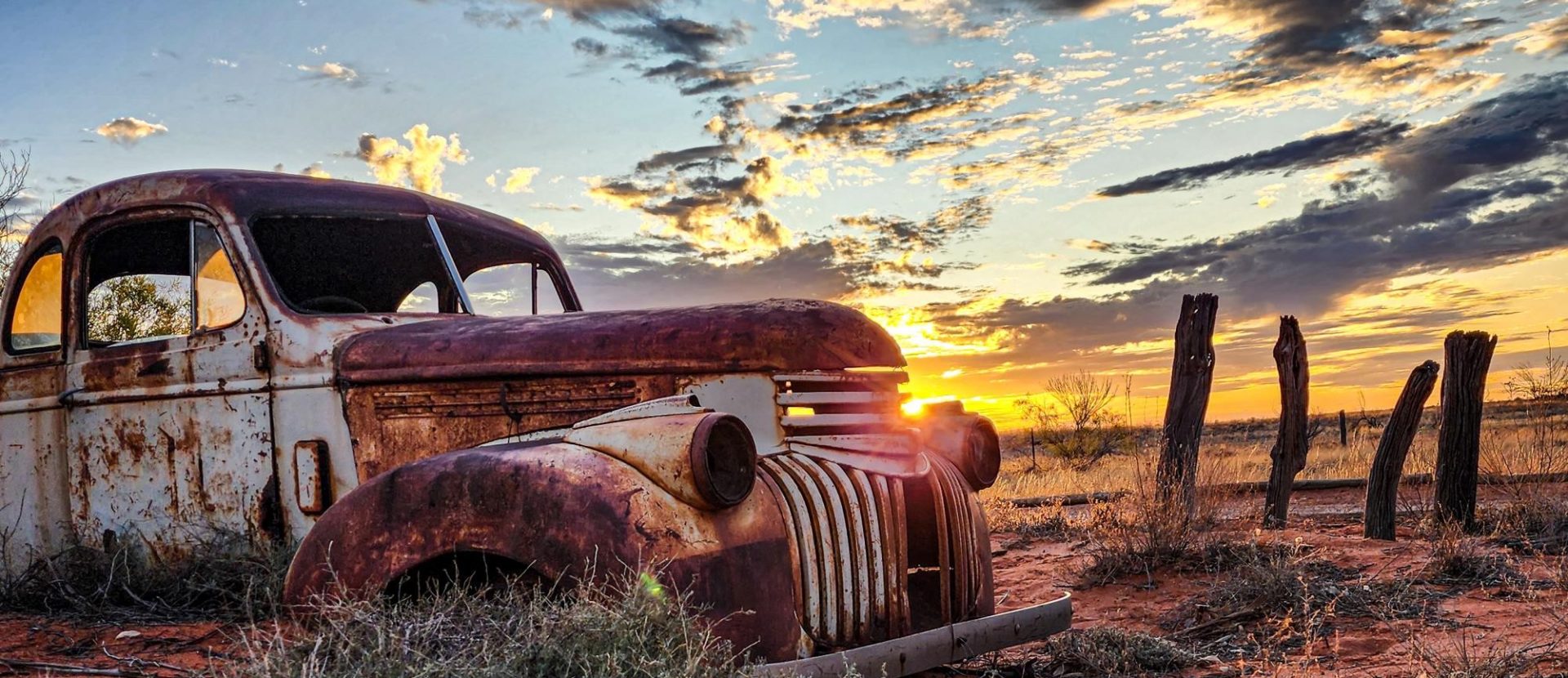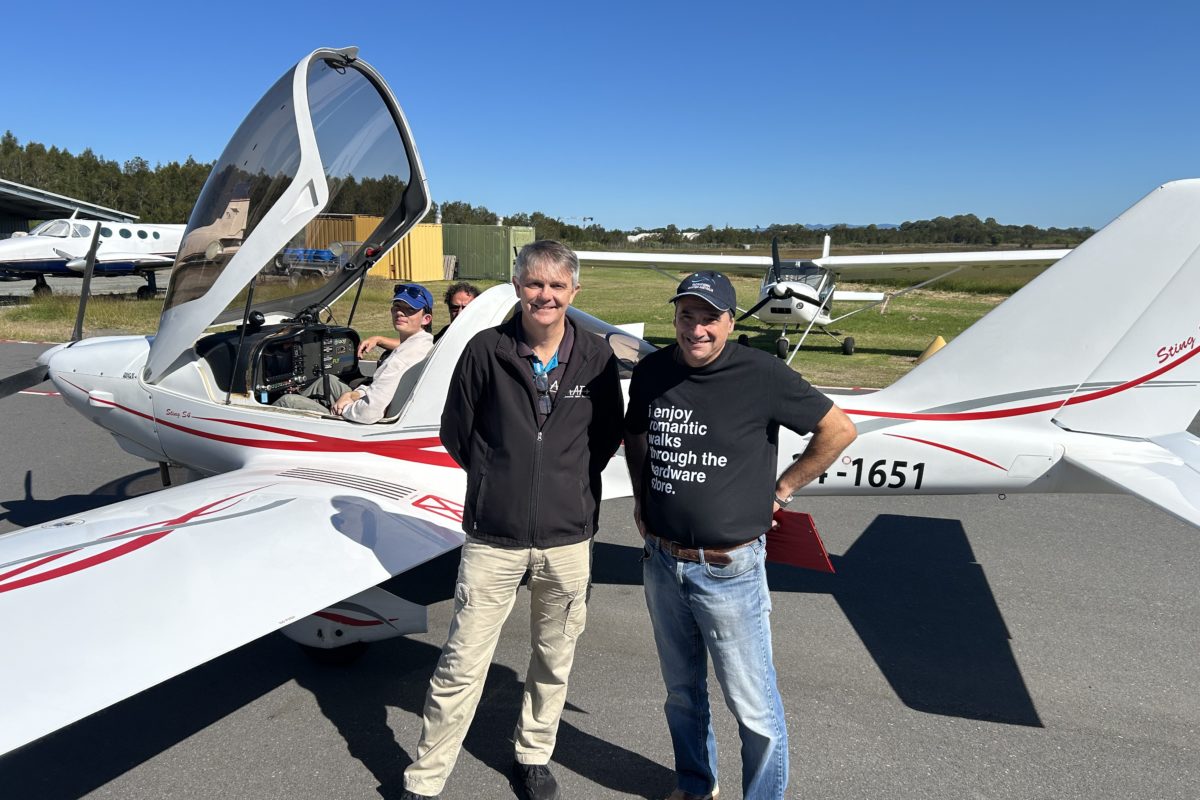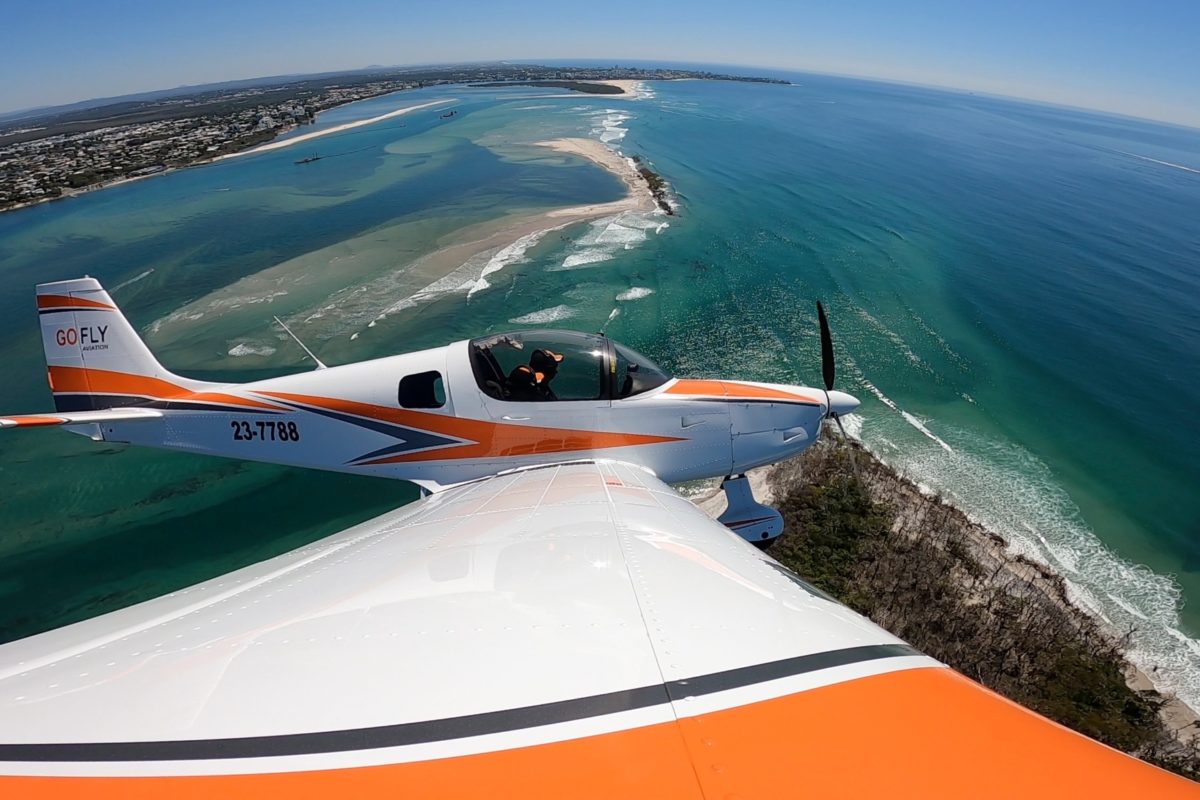By John Haeren, founder of Outdoor Academy
You’ve made a forced landing in the “Tiger Country”. Now what?
It’s the scenario no recreational pilot ever wants to face,but smart aviators prepare for it. Whether you’re flying over dense forests, desert expanses, or mountainous terrain, the risk of an off-airport landing due to mechanical failure, weather, or fuel mismanagement is real. Fortunately, survival in the hours, or days, that follow such an incident often comes down to three factors: having the right equipment, knowing how to use it, and is someone looking for you?
In most cases, if you’ve filed a flight plan or communicated your route, rescue is likely within 1 to 3 days, depending on weather and remoteness. That timeline becomes a lot more survivable when you’re ready. Here’s how to tilt the odds in your favour.
Before You Start, STOP
Rushing in when you are powered by adrenaline is a recipe for poor decisions. There are other variations of the STOP principle, but the one I have adopted and teach is;
S. Am I SAFE from immediate danger and then take care of any injuries?
T. THINK about your situation. What just Happened and what needs to happen? What risks are associated with that.
O. What OPPORTUNITIES or resources are available to me?
P. Put a PLAN in place to effect the desired outcome.
Slowing down and having a systematic approach will lead to a more successful outcome.

First Aid, Comes First
Injuries are common in crash scenarios, ranging from minor cuts to more serious trauma. A compact but comprehensive first aid kit is non-negotiable gear. Know how to use it. Take a basic wilderness first aid course, especially if you regularly fly solo or into remote areas.
Bleeding control, splinting broken limbs, and recognising shock are high-priority skills. Include a tourniquet, trauma bandages, antiseptics, and pain management items in your kit. Don’t forget any personal medications you may need over a three-day period.
Communication: Get Found Fast
Once you’re safe and injuries are addressed, it’s time to think about rescue. Your first action is to attempt a MAYDAY via VHF. Depending on how hard the landing is however, you may need to isolate the battery of the aircraft to avoid a fire and risk losing all your resources.
Mobile phones are an invaluable resource these days. Even with little or no reception you can get an emergency message out using 000 or 112 which is alternative emergency number specifically for use on mobile phones. The down side however, is we become so reliant on them that we forget they have their limitations. If it becomes damaged, lost or the battery dies we need a failsafe.
Some aircraft may be fitted with transponders, but consider a personal locator beacon (PLB) or satellite messenger. These devices can pinpoint your position and may allow two-way messaging with rescuers.
Don’t overlook the importance of visual signals either. A signal mirror, whistle, brightly-coloured panel, or even a smoky fire (when safe to light) can draw attention from air and ground searchers.
Shelter in Place: The Aircraft Is Your Ally
Stay with the wreckage. It’s far easier for rescuers to spot an aircraft than a person on foot. The fuselage can offer temporary shelter from the elements, and scavenged parts. Seat cushions, insulation, even windshields can be repurposed for comfort and protection, or burned to make black signal smoke.
If you must leave the aircraft, leave clear markings or notes behind. But remember: unless you’re absolutely certain of your position and the direction of help, it’s best to shelter in place.
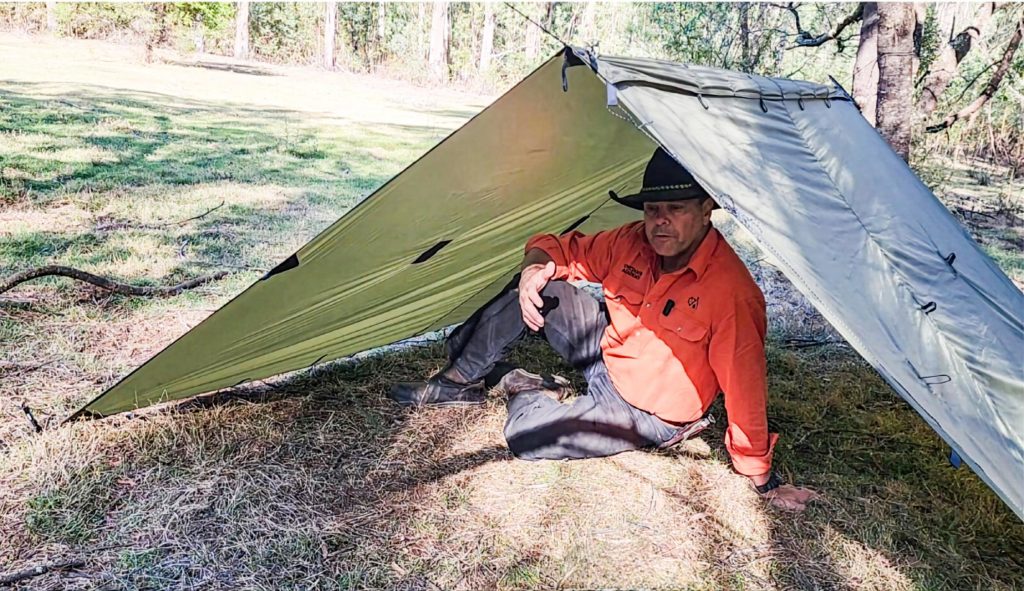
Priorities of Survival
In survival training we work on the principle of THREE’S, 3 minutes without air, 3 hours without shelter, 3 days without water and 3 weeks without food. Although the times will vary due to factors such as climate and elevation, it outlines our Priorities of Survival.
Stay Warm: Fighting Hypothermia
Even in mild climates, overnight temperatures can plunge. Hypothermia is a real risk and it doesn’t need sub-zero conditions to strike.
Your first line of defence is dry clothing and insulation from the ground. Always carry a lightweight emergency space blanket, better yet, a bivy sack or survival sleeping bag. Wrapping the head is crucial: up to 50% of body heat can be lost through an uncovered scalp.
If possible, build a fire for warmth and signalling, but do so at a safe distance from the aircraft to avoid igniting aviation fuel. Know how to build a fire without matches or a lighter using a ferro rod, however a trusty BIC will give a guaranteed flame every time.
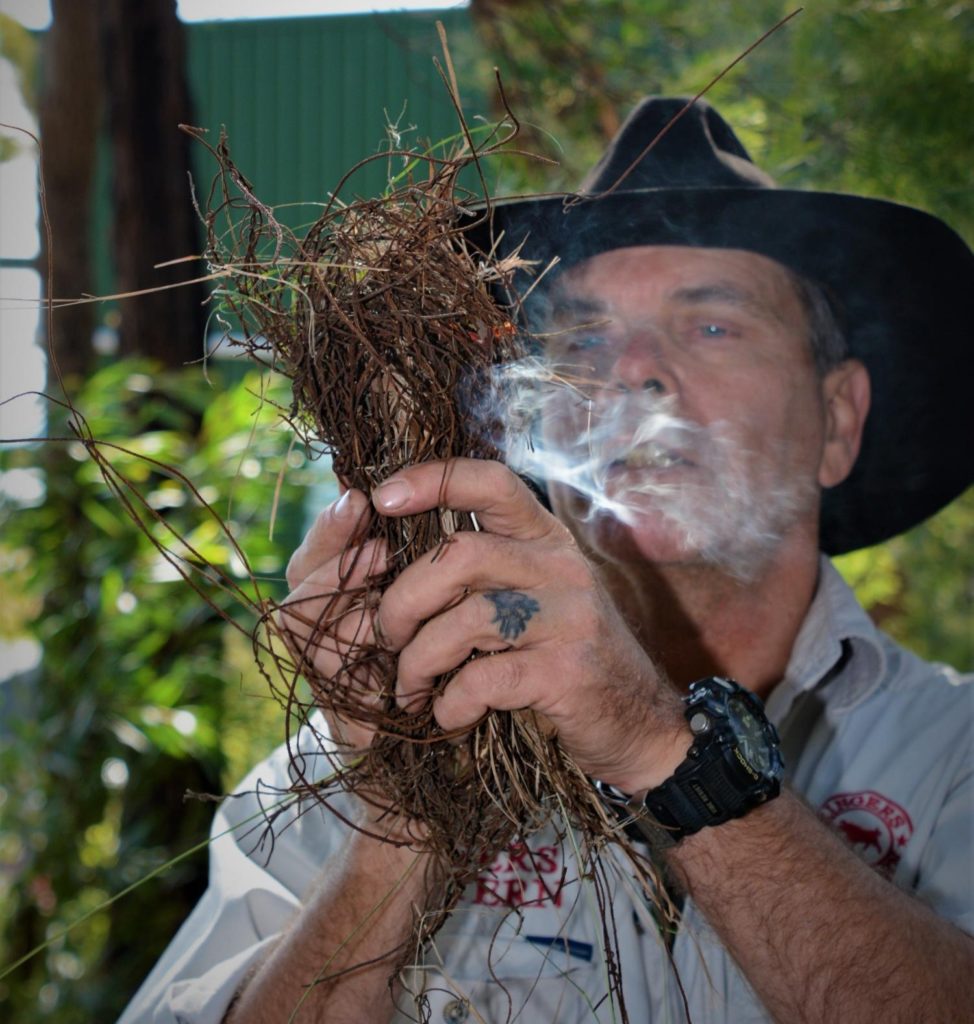
Hydration: Water Is Priority
You can survive weeks without food, but only a few days without water and dehydration can become debilitating fast, especially in hot or high-altitude environments.
Always carry at least one litre of water per person, and more if conditions warrant. Just as important is a portable water filter or purification tablets. Streams and ponds may look clean but can carry pathogens. Hydration bladders or collapsible bottles are lightweight and easy to stow.
Watch for signs of dehydration: dry mouth, headache, confusion. Drink regularly, even if you don’t feel thirsty.
It is also worth considering, rather than rationing your water, minimise water loss in your body. Things like heavy breathing from the mouth due to physical exertion, sweating, vomiting and diarrhoea, will drain the fluid from your body. You also need water to digest food, so avoid eating if no water is available.
Stay Calm, Stay Positive
Above all else you need hope and the will to survive, it will drive you on through unimaginable hardship. In the army we learn to “EMBRACE THE SUCK”, that is a lesson to take through all aspects of life.
The Essentials: Your Survival Kit Checklist
Here’s what every pilot should consider packing in their aircraft’s emergency kit:
- First aid kit with trauma supplies
- Water and filtration/purification tools
- Fire-starting gear (matches, lighter, firestarter, ferro rod)
- Space blanket or bivy sack
- Signal mirror, whistle, and high-visibility cloth
- Personal locator beacon (PLB) or satellite communicator
- Knife or multi-tool
- Flashlight or headlamp with extra batteries
- Energy-dense snacks (nuts, bars, jerky)
- Paracord and duct tape
- Spare clothing layers
Store your kit in an easy-to-access location. A kit buried in the baggage compartment won’t help if you’re injured or trapped.
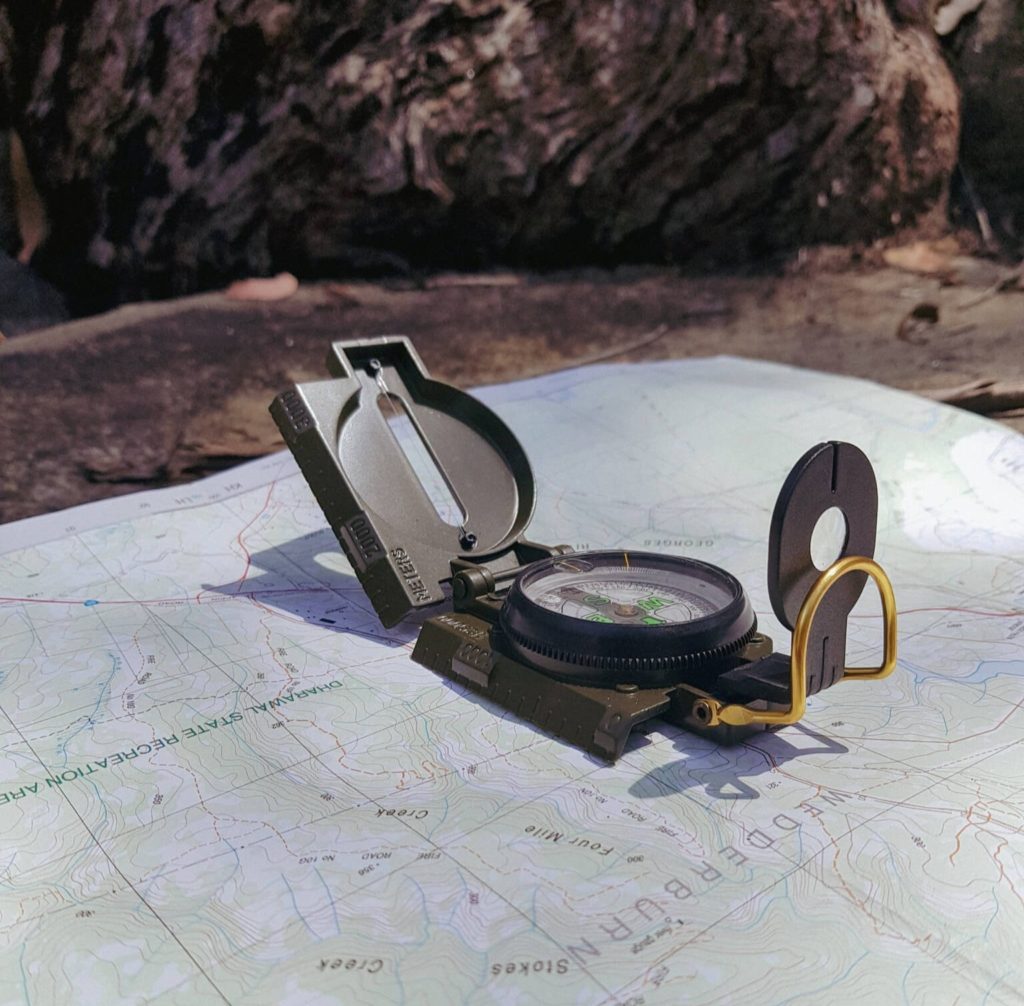
Train for the Unthinkable
Survival isn’t just about gear, it’s about mindset and preparation. Practice using your survival tools. Take a weekend to camp with your kit and test your readiness. Know your terrain, and brief passengers on emergency procedures before every flight.
When something goes wrong, your preparation can make the difference between a bad day and a tragedy.
For training in first aid and survival, you can visit our website at outdooracademy.com.au or call on 0425 336 181.
As a pilot, you already know the value of planning. Make survival part of your pre-flight. It could save your life.
“Hope for the best, but PLAN for success”
John Haeren
